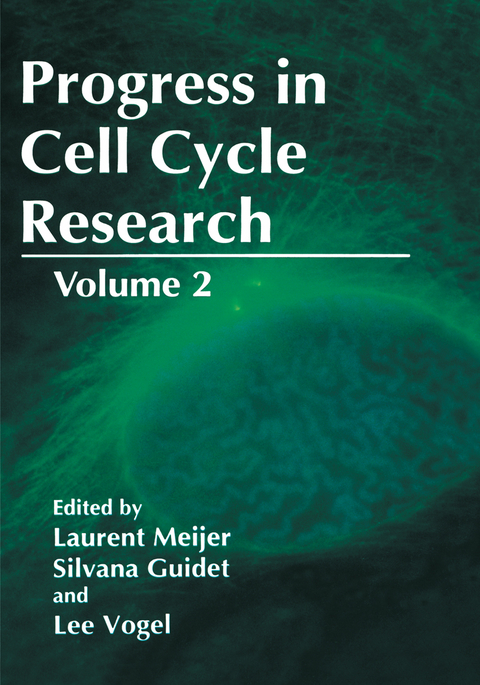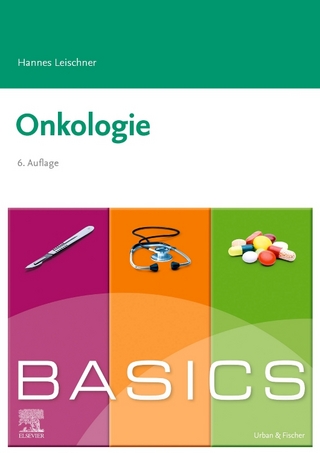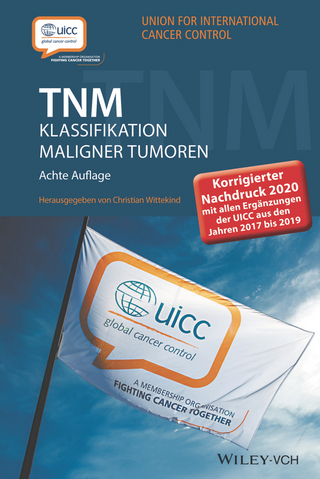
Progress in Cell Cycle Research
Springer-Verlag New York Inc.
978-1-4613-7693-4 (ISBN)
A quest for cytoplasmic factors that control the cell cycle.- G1/S regulatory mechanisms from yeast to man.- Regulation of G1 progression in fission yeast by the rum1+gene product.- Progression through G1 and S phases of adult rat hepatocytes.- A temporal and biochemical link between growth factor-activated MAP kinases, cyclin D1 induction and cell cycle entry.- The plant cell cycle: conserved and unique features in mitotic control.- The functions of Myc in cell cycle progression and apoptosis.- DNA replication licensing factor.- Tyrosine kinases weel and mikl as effectors of DNA replication checkpoint control.- Regulation of Cdc2 activity by phosphorylation at T14/Y15.- The family of polo-like kinases.- Ubiquitin-dependent proteolysis and cell cycle control in yeast.- Suc1: cdc2 affinity reagent or essential cdk adaptor protein?.- Structural basis for chemical inhibition of CDK2.- Apoptosis and the cell cycle.- DNA damage checkpoints: Implications for cancer therapy.- Cellular responses to antimetabolite anticancer agents: cytostasis versus cytotoxicity.- Telomeres, telomerase, and the cell cycle.- The cyclin C/Cdk8 kinase.- Cyclin-dependent kinase 5 (Cdk5) and neuron-specific Cdk5 activators.- Role of Ca++/Calmodulin binding proteins in Aspergillus nidulans cell cycle regulation.- The roles of DNA topoisomerase II during the cell cycle.- Orcadian rhythm of cell division.- The mammalian Golgi apparatus during M-phase.- Contributors.
| Reihe/Serie | Progress in Cell Cycle Research |
|---|---|
| Zusatzinfo | VIII, 284 p. |
| Verlagsort | New York, NY |
| Sprache | englisch |
| Maße | 178 x 254 mm |
| Themenwelt | Medizin / Pharmazie ► Medizinische Fachgebiete ► Onkologie |
| Naturwissenschaften ► Biologie ► Biochemie | |
| Naturwissenschaften ► Biologie ► Botanik | |
| Naturwissenschaften ► Biologie ► Zoologie | |
| ISBN-10 | 1-4613-7693-9 / 1461376939 |
| ISBN-13 | 978-1-4613-7693-4 / 9781461376934 |
| Zustand | Neuware |
| Haben Sie eine Frage zum Produkt? |
aus dem Bereich


